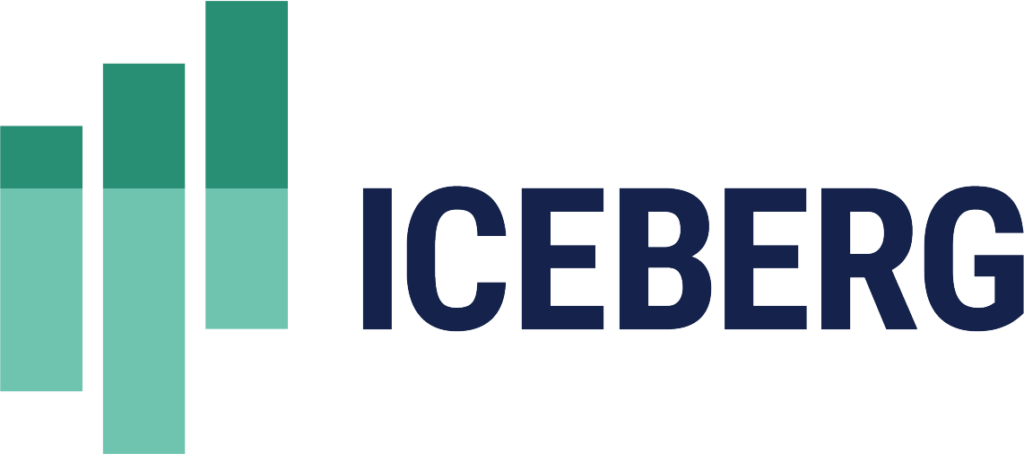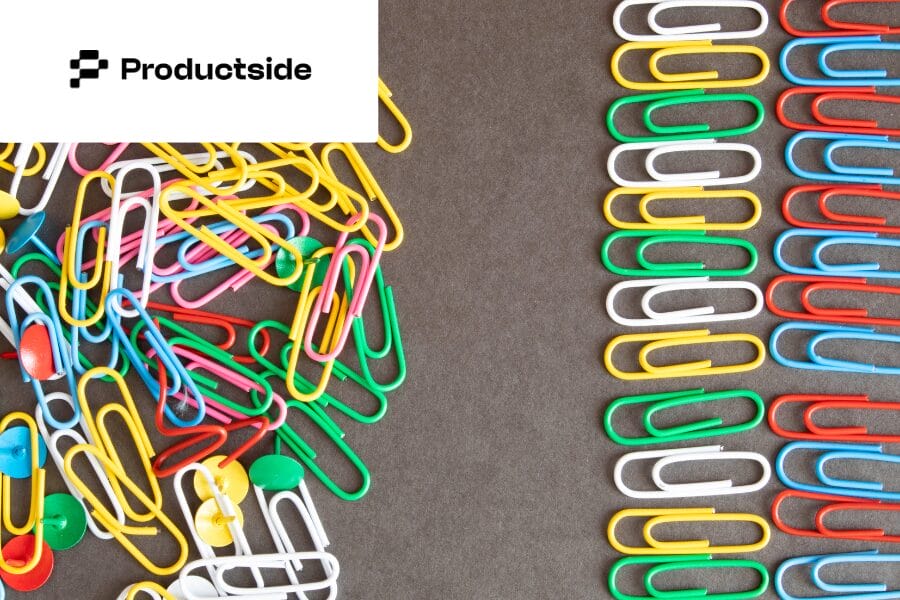AT A GLANCE
Customer: Productside (formerly 280 Group)
Industry: SaaS + Consulting – Product Management Training and Tools
Employees: 11-50
Engagement Type: On-Demand Sales & Marketing Operations Expertise
Challenge: Inconsistent lifecycle definitions, unreliable forecasts, and unclear funnel metrics
Solution: Lifecycle and lead status framework, Salesforce cleanup, funnel reporting
Impact: Reliable forecasts, clearer pipeline insights, and more accurate resource planning
The Context
Outdated funnel structure limited visibility and strategic planning
Productside (formerly 280 Group) provides training, tools, and consulting services for product managers and teams. In 2020, the company committed to becoming more data-driven, especially in how it measured and forecasted sales.
The team had tried working with other Salesforce vendors but found they focused more on technical implementation than strategic process design. Critical gaps in how the funnel was defined were holding the team back from forecasting with confidence or understanding what actions drove results. To move forward, Productside needed to rethink the fundamentals, starting with how prospect lifecycle and lead status were defined in Salesforce.
The Challenge
Unclear definitions and tracking gaps made forecasting unreliable
Productside was struggling to report on key pipeline metrics. While the team could track MQLs, opportunities, and close rates, the messy middle—between initial engagement and opportunity creation—was unclear. Sales reps were having conversations, but the funnel didn’t reflect it. Without clean definitions, reporting and forecasting were always suspect.
Key issues
Unclear lifecycle definitions: Key stages (like sales-accepted lead) were used inconsistently
No standard lead status flow: Follow-up stages weren’t tracked separately from lifecycle stages
Forecasting limitations: Leadership couldn’t reliably measure effort, timing, or conversion between stages
Siloed views: Sales and marketing teams didn’t have a shared, end-to-end picture of the funnel
No shared funnel ownership: Sales and marketing teams weren’t aligned on who owned which stage or transition point
Dropped leads: Without status tracking, promising prospects often fell off the radar
The Iceberg Approach
Fix lifecycle definitions and enable predictive reporting
Productside partnered with Iceberg to rethink its sales funnel from the ground up. The engagement focused on separating and clearly defining three core funnel layers—lifecycle stage, lead status, and deal stage—then mapping that data into Salesforce to power accurate reporting and forecasting.
What we delivered:
Salesforce Lifecycle Framework
- Replaced legacy definitions with four clearly defined lifecycle stages
- Aligned sales and marketing on shared stage ownership and transition points
- Tracked time-in-stage and effort-to-convert to inform forecasts
Lead Status Structure
- Created a separate, clean lead status field with standardized definitions
- Introduced validation rules to ensure reps followed the process
- Developed lead dashboards to show which leads were active, stalled, or unqualified
Predictive Funnel Reporting
- Built reports that tracked conversion, velocity, and effort across stages
- Surfaced average number of meetings per opportunity and time between stages
- Enabled resource planning based on historical data—not guesswork
The Results
Predictive analytics for every prospect lifecycle stage
Productside moved from gut-feel reporting to clear, reliable sales funnel insights. With lifecycle stages and lead statuses defined and tracked separately, leadership could finally measure pipeline health, identify friction points, and plan based on historical data.
KEY WINS
Confident forecasting with accurate predictions around effort, conversion, and deal timing
Process clarity for reps through clearly defined stages that support consistent execution
Sales and marketing alignment with a shared, end-to-end view of funnel progress
Data-driven planning powered by predictive dashboards that guide resource allocation
Full-funnel visibility ensures every lead has a defined next step—no more black boxes
Greater accountability as each funnel stage has a clear owner, process, and performance metric


